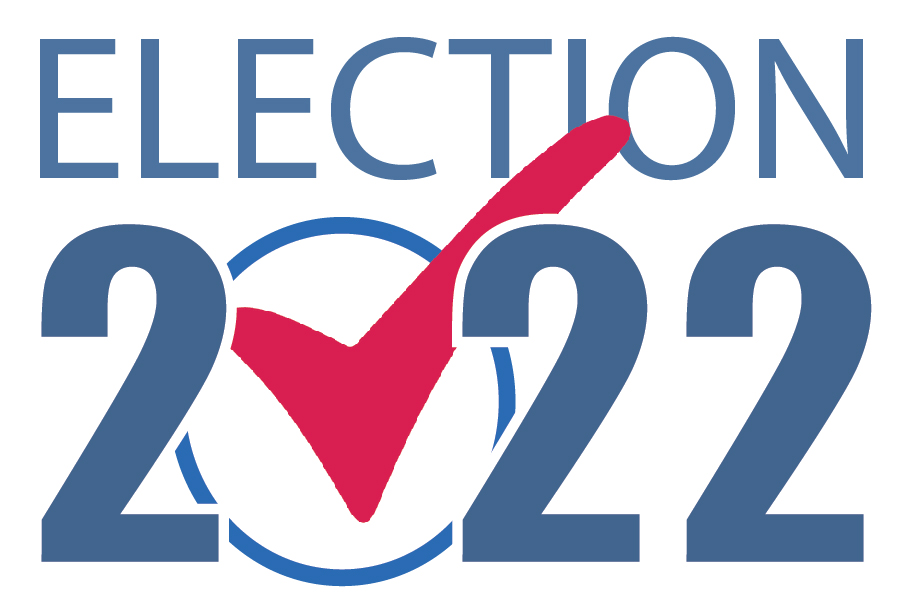The fate of the Democratic and Republican candidates who prevail in Oregon’s primary election for governor this week will rest not with their own parties’ voters, but with the growing number of Oregonians who have abandoned or declined to join their ranks.

So too for the major party candidates who will advance to the general election in the state’s most contested legislative and Congressional districts.
These candidates have yet to talk to, hear from or tally any votes from those who now hold the balance of voting power in the state – the “unaffiliated” and minor party voters who will deliver the final verdict on their bids for elected office in November.
Unaffiliated registrants in Oregon recently surpassed registered Democrats by about 1,000 voters. Add to the mix those who are registered with Oregon’s minor parties, and the two major parties don’t look so major any more.
Oregon registered voters as of May 2022:
Democrats 34%
Republicans 25%
Unaffiliated/Other 41%
Unaffiliated and minor party voters don’t vote in the same proportion as Democrats and Republicans. So, their impact in November will be less. But their numbers will still be formidable.
Oregon likely voters in November 2022 general election (projections based on 2018)
Democrats 37%
Republicans 27%
Unaffiliated/Other 36%
Even adjusting for their lower turnout, the unaffiliated and minor party voters will, as in many recent elections, cast the most consequential votes in the most contested races.
Political wild card
So how will the major party candidates fare with these voters in November? And what about the wild card of a well-funded independent candidate, state Senator Betsy Johnson, in the governor’s race?
Let’s begin with a closer look at Oregon’s unaffiliated voters.
Surveys conducted by the Oregon Values and Beliefs Center, for which I provide occasional consulting services, show that unaffiliated voters are more likely to be younger and lower income than voters registered as Ds or Rs. They are also more likely to be renters and identify as Latino/Hispanic.
Finally, they appear to congregate in rural areas and those flagged as “rural trending suburban” in the Willamette Valley south of the Portland metro area. This may be why the outcome in the new Congressional District 6, encompassing all or most of Yamhill, Polk and Marion counties, remains so uncertain.
So, what are the political leanings of these voters?
I don’t view these voters as clueless, undecided or less opinionated about major issues, as many political operatives do. Nor are they waiting to be “educated” or “messaged” by the major parties, as Democratic and Republican consultants are wont to think.
The Value and Belief Center’s recent surveys show that unaffiliated voters are no more likely than their major party counterparts to decline to answer or say they’re unsure about an issue. They have opinions, which invariably fall between those of major party voters on issues ranging from education and health care to the partisan furors over the 2020 election.
More telling is how these unaffiliated voters characterize themselves. Most say they are moderate-to-conservative on economic issues but liberal-to-moderate on social issues. This suggests they could be attracted to Johnson in the governor’s race. She is pro-choice on the newly salient issue of abortion and an old school “Jobs Democrat” on economic issues.
Blended political views
Note: This is not an endorsement, just an observation.
Johnson has money, lots of it, thanks to some notable big donors. She can easily qualify for the ballot with a signature-gathering effort and become a forceful self-promoter in the general election. But this is unusual for an independent candidate in Oregon.
And it makes her candidacy more of a one-off than a harbinger of things to come – unless… the major parties continue to ignore the large block of voters unhappy with the choices they offer in our general elections and big money donors start treating these voters as an untapped market for non-party candidates.
Major parties, take note.
Oregon’s “other” voters deserve better than to be treated as backseat passengers by the major parties – or to be invited for occasional joy rides by candidates like Johnson.
These voters are an enduring part of our electorate now. They have opinions that need to be heard. They deserve to be involved in our primaries. And if that forces the major parties to the center on issues, well, maybe that’s just what we need to create a more responsive electoral system and restore some much-needed balance in our governing institutions.
- Tim Nesbitt, a former union leader in Oregon, served as an adviser to Governors Ted Kulongoski and John Kitzhaber and later helped to design Measure 98 in 2016, which provided extra, targeted funding for Oregon’s high schools.



